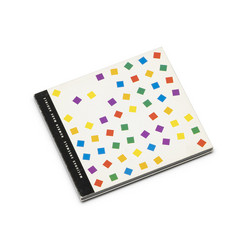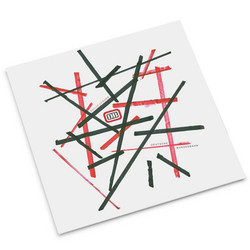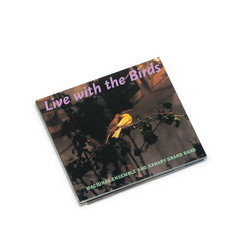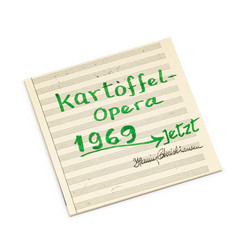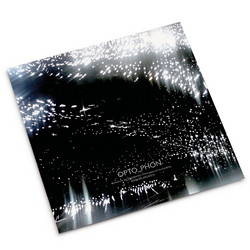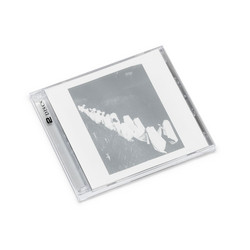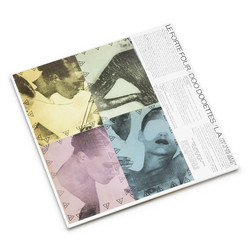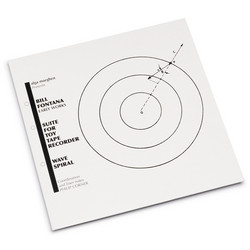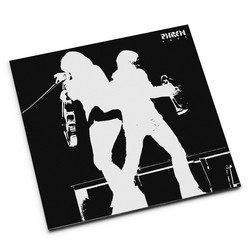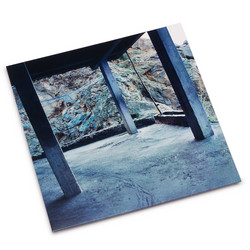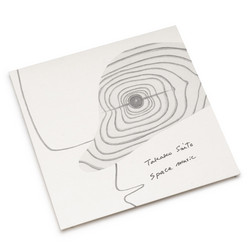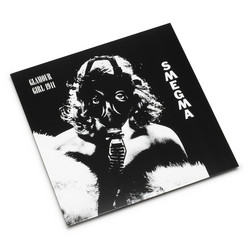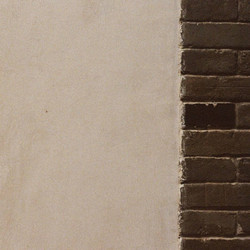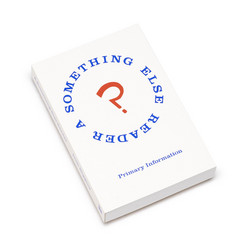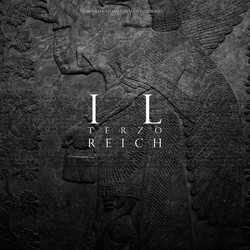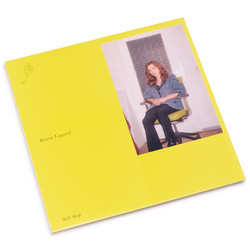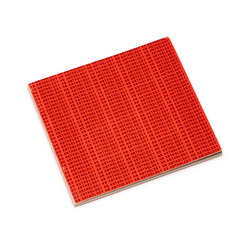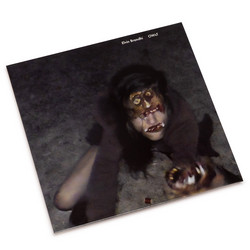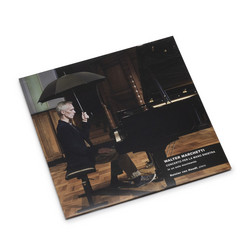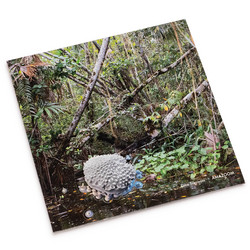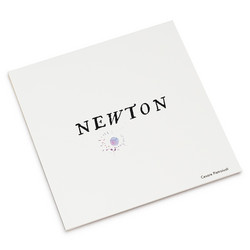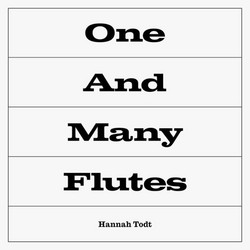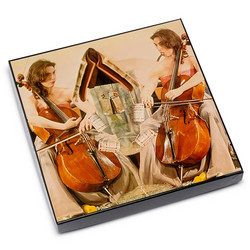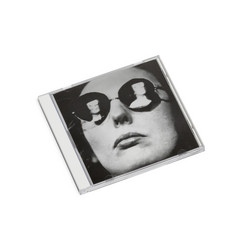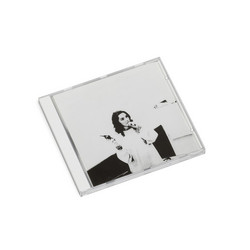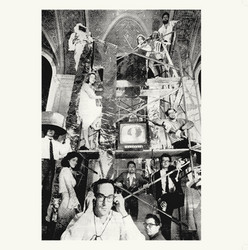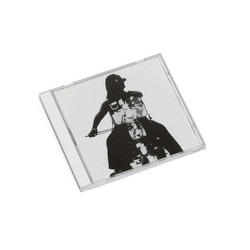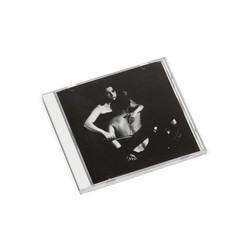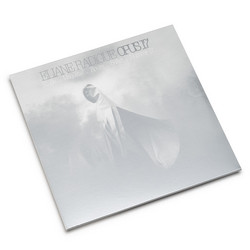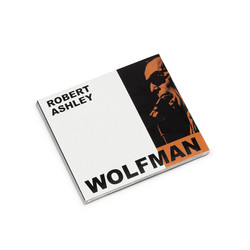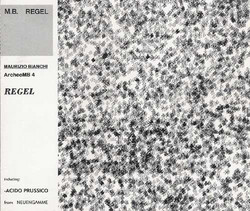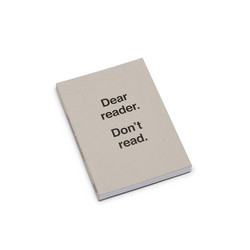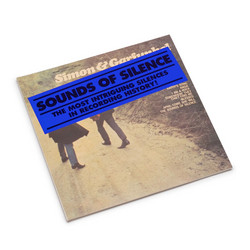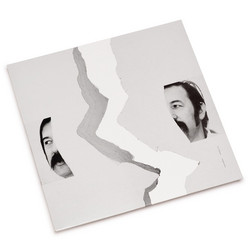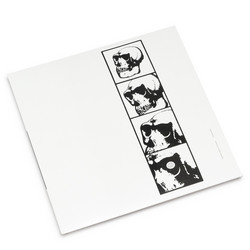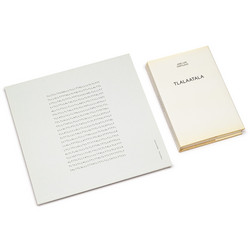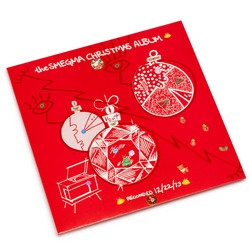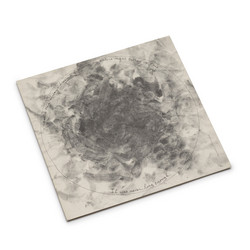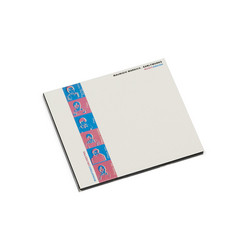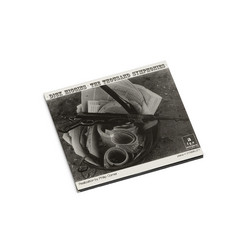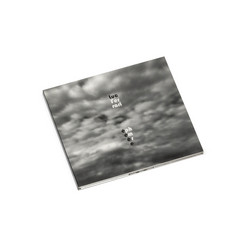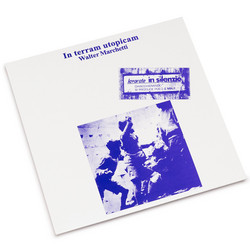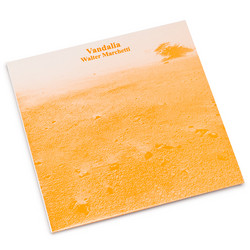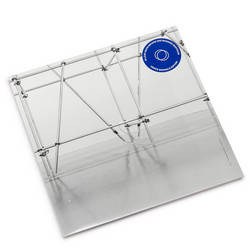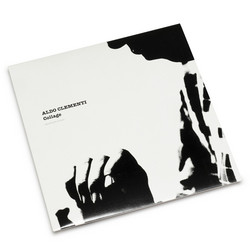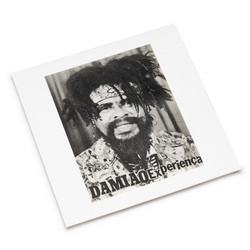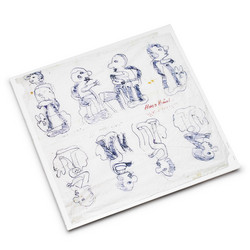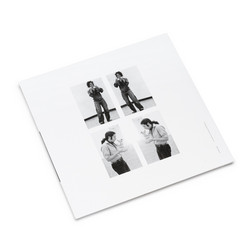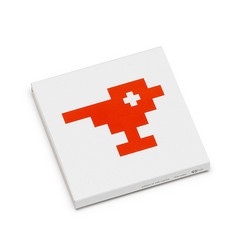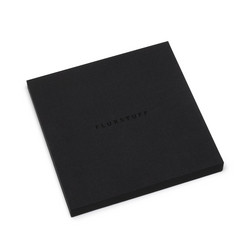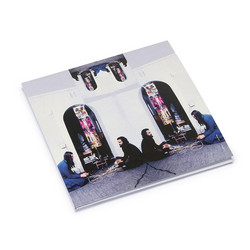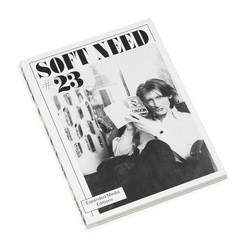Charlotte Moorman
Cello Anthology (Art Box, Edition of 80)
Limited edition: 80 numbered copies, 4CD box set with 154-page book, 16 full-color poster inserts, and LP with screenprinted cover. Charlotte Moorman answered her phone and people left messages. Between performances of 26'1.1499" for a String Player and television appearances inside Nam June Paik's TV Cello, between organizing fifteen editions of the New York Avant Garde Festival and being arrested for indecent exposure during Opera Sextronique, the answering machine kept recording. Those messages—casual, mundane, the debris of a performing life—now bookend the most significant recordings of her career on an LP that comes with Planam's monumental Cello Anthology, a four-disc box set that finally does what should have been done decades ago: documents the work of the most charismatic cellist the avant-garde ever produced. The box, limited to 80 numbered copies, includes four CDs of vintage recordings spanning 1964 to 1982, a 154-page book with original documents and full-color photographs, 16 inserts reproducing posters from her Annual Avant Garde Festival, and this LP, which mixes the answering machine tapes with performances that have never appeared on vinyl. It's an edition that understands Moorman not as Paik's muse or Fluxus's mascot but as what Giuseppe Chiari recognized her to be: an author, someone whose interpretative gesture was absolutely unique, non-exchangeable, tied to the corporeality of her physical presence in ways that can only be felt, not explained.
The LP opens and closes with those messages, voices from a world that needed her to show up, to perform, to be present. In between: Terry Jennings on soprano saxophone playing his Piece for Cello and Saxophone at Judson Hall in 1964, one of the best tracks in the entire anthology, here on vinyl for the first time. An unreleased performance of John Cage's 26'1.1499" for a String Player, the piece she played so often it became a signature, warhorse, a test of endurance and concentration. Two different performances of Paik's TV Cello—one from the legendary 1984 broadcast Good Morning, Mr. Orwell, linking WNET in New York with Centre Pompidou in Paris, the other from Sydney's Art Gallery of New South Wales in 1976, both previously unreleased. And the Concerto for TV Cello and Videotapes dedicated to Ornette Coleman, performed with Paul Garrin at Chicago's Museum of Contemporary Art in September 1982, mostly improvised, sprawling, another highlight from the CDs now pressed to vinyl where it belongs. The answering machine messages punctuate these performances like breath, like silence, like the space between the art and the life that made the art possible. They're intimate without being precious, functional without being cold. Someone called. She wasn't home. She was performing.
The four CDs in the box capture the sweep of her work from 1964 to 1982. The first two discs preserve complete concerts: a WBAI broadcast from September 12, 1964, and a performance in Aachen, Germany, on July 25, 1966, both with Paik, both showcasing the repertoire they built together in those years when they toured the US and Europe as a duo. The programs overlap—Cage's 26'1.1499", Toshi Ichiyanagi's Duet II, Chiari's Per arco and Ave Maria di Schubert, pieces written for her, dedicated to her—but the Aachen concert goes further, premiering Paik's Opera Sextronique, the piece that got her arrested, and his Sonata No. 1 for Adults Only, works that pushed the ritualistic frame of the concert toward something more confrontational, more explicitly about the body. The third CD documents the TV Cello performances from the 1982 Paik retrospective in Chicago, three nights of improvisation inside a sculpture made of television monitors, the cellist as living component of the Korean artist's vision. The fourth CD collects collateral documents: Jackson Mac Low's The Long Hot Summer, performed on September 3, 1964, during the second New York Avant Garde Festival, a choral work with Moorman, Paik, Benjamin Patterson, Philip Corner, Malcolm Goldstein, and Mac Low himself, its ethico-political charge still audible nearly sixty years later. An interview conducted by Harvey Matusow in October 1969 at the BBC New York Studios, Moorman's voice unmistakable in its vital charge. The soundtrack from Paik's 1972 video Waiting for Commercials, made with Russel Connor, integrating musical insertions by Moorman and David Behrman. The 154-page book includes Moorman's own biography and chronology, materials she had ordered in booklet form. Her unpublished text reviewing the history of the fifteen editions of the New York Avant Garde Festival she organized between 1963 and 1980. Chiari's testimony about the faithful interpreter of his early '60s works. Gisela Gronemeyer's essay. Transcriptions of texts and documents related to the Paik collaborations. A chronologically ordered iconographic apparatus that tracks her uninterrupted performative activity across two decades. The 16 full-color inserts reproduce the original posters and programs from those festivals, each one a relic of a moment when the avant-garde still believed it could organize itself annually, could gather in one place and make something happen.
What becomes clear across all this material is that Moorman's presence wasn't decorative. Paik needed her corporeality, her gesture, her willingness to be inside the sculpture. Cage needed her concentration. Chiari needed her fidelity. The festivals needed her organizational capacity. The avant-garde needed someone who could perform and promote, who could translate the musical experience into physical presence and then build the infrastructure for others to do the same. She became a living icon, and that might have obscured her individuality, but this anthology—luxury edition, 80 copies, screenprinted LP cover, the whole apparatus—restores what was always there: an author whose work can only be appreciated through these documents, these sounds, these photographs, these answering machine messages that prove someone was trying to reach her while she was busy being irreplaceable.
